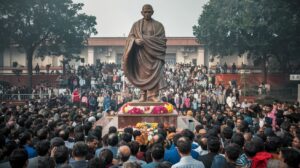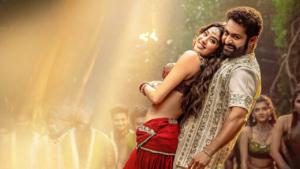ndia is a nation where diverse cultures, languages, ethnicities and religions have co-existed for centuries. The festival of colours, Holi, which is being marked on March 29, is also celebrated in different ways across cultures. Below, we take a look at some of the traditions of Holi in India that celebrate the victory of good over evil and symbolise the eternal union of Radha and Krishna.
Phakuwa/Phaguwa
Assamese people celebrate Holi as Phakuwa and Doul, for two days. They burn clay huts to symbolise the pyre of Holika, the mythic demoness and play with colours on the following day. Phaguwa is celebrated similarly in Bihar and Jharkhand.
Ukkuli
Goan people call Holi as Ukkuli and celebrate it as a part of the spring festival, Shigmo, which takes place over an entire month. Cultural programmes are also conducted.
Dhuleti
Young men in Ahmedabad climb on each other’s shoulders to break a pot of buttermilk that is hung high above the ground. This is a re-enactment of little Krishna trying to steal butter from different homes.
Lathmar Holi
The word Lathmaar means “to beat with sticks.” Women of Uttar Pradesh use sticks to playfully hit men. This is based on the story of how Krishna was chased away by the women-folk of Barsana, Radha’s village, after he tried to play Holi with her.
Bedara Vesha
This is a unique celebration of Holi, in the state of Karnataka, where folk dances are performed for the five days leading up to Holi. The celebration also occurs every alternate year.
Holla Mohalla
This Sikh festival takes place in Punjab over three days, to train Nihang Sikhs in martial skills. It was initiated by the 10th Sikh religious leader, Guru Gobind Singh. The Holi celebration follows this event.
Dol Jatra
People of West Bengal celebrate Holi as part of the spring festival, Basanta Utsav. A procession known as Dol Jatra takes place, in which people place idols of Radha and Krishna together on palanquins and tour across towns and villages.
Yaosang
Manipur natives pray to their god, Pakhangba and then burn huts and let children collect donations. This is followed by a five-day sports event called Yaosang.











